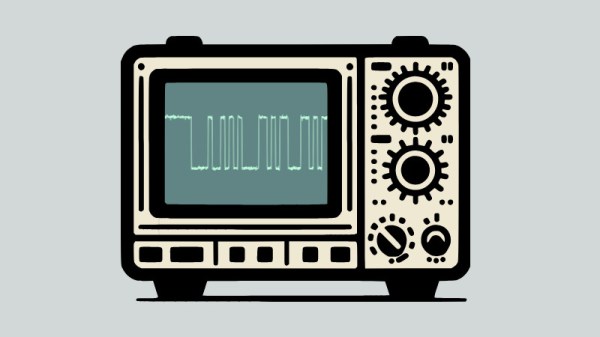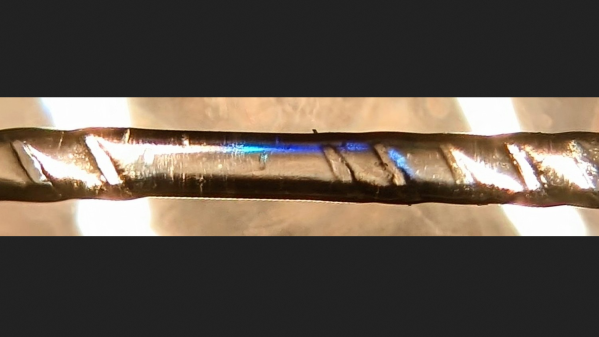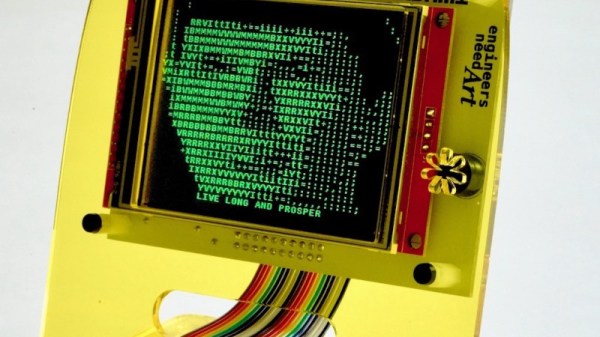Web systems are designed to be simple and reliable. Designing for the everyday person is the goal, but if you don’t consider the odd man out, they may encounter some problems. This is the everyday life for some people with names that often have unconsidered features, such as apostrophes or spaces. This is the life of [Luke O’Sullivan], who even had to fly under a different name than his legal one.
[O’Sullivan] is far from a rare surname, but presents an interesting challenge for many computer systems. Systems from the era of penny pinching every bit relied on ASCII. ASCII only included 128 characters, which included a very small set of special characters. Some systems didn’t even include some of these characters to reduce loading times. Throw on the security features put in place to prevent injection attacks, and you have a very unfriendly field for many uncommon names.
Unicode is a newer standard with over 150,000 characters, allowing for nearly any character. However, many older systems are far from easy or cheap to convert to the new standard. This leaves many people to have to adapt to the software rather than the software adapting to the user. While this is simply poor design in general, [O’Sullivan] makes sure to point out how demeaning this can be for many people. Imagine being told that your name isn’t important enough to be included, or told that it’s “invalid”.
One excuse that gets thrown about is the aforementioned injection prompts that can be used to affect these systems. This can cause systems to crash or even change settings; however, it’s not just these older systems that get affected. For modern-day injection prompts, check out how AI models can get affected!

















